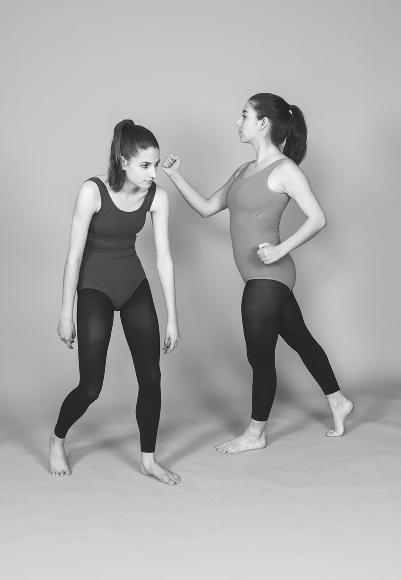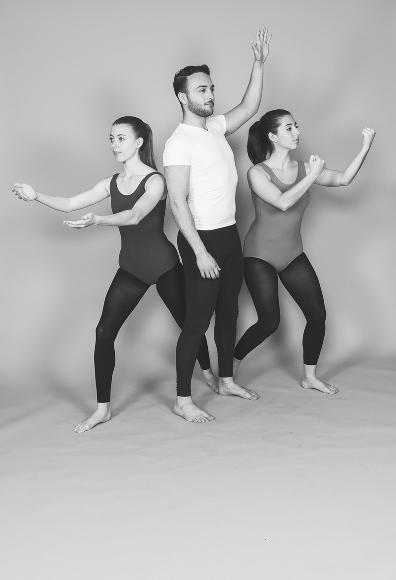Arranging Movement for Effective Communication
This is an excerpt from Choreography 4th Edition eBook With Web Resource by Sandra Cerny Minton.
Communication of intent is sometimes the aim in choreography. At other times, choreographers design compositions emphasizing movement alone. In the latter type of dance, one of the goals is to experiment by manipulating the space, time, energy, and shape of the movements to create interesting or unique effects.
In either case, the movements have a message for audience members, because the potential for nonverbal communication, or communication without words, is difficult to avoid. From the early years, children learn to recognize certain gestures, and each has a message based on life experiences. Waving, for instance, is a friendly gesture, while a slapping or striking action is interpreted as aggressive or threatening. Doris Humphrey, a pioneering modern dancer, wrote a choreography book in which she indicated that no movement could be made at all without initiation by some type of motivation (1987).
Alma Hawkins, a pioneering dance educator, believed movements transmit feelings because of the way in which the elements are used (1988). Although most people have learned to recognize varied use of the elements, the recognition is usually on a subconscious level. Thus, an expansive use of space is recognized as bold, and a small use of space as timid or tentative. It is also possible to analyze the varied use of the other movement elements - time, energy, and shape - in terms of how they communicate nonverbally. Dancers who perform quick, darting movements portray urgency or perhaps anger, while a high energy level suggests strength, and low energy is connected with weakness (see figures 2.11 and 2.12).

Figure 2.11 Various postures project different feelings to the viewer.

Figure 2.12 We have learned to interpret the meaning of gestures such as reaching, waving, and punching. These interpretations are based on how space, time, energy, and shape are used.
Other aspects of movement communicate nonverbally. The meaning of most facial expressions is fairly easy to interpret, and viewers usually understand upward visual focus as positive, and downward focus as sad. The space between people is a less recognizable aspect of nonverbal communication. Those who have studied nonverbal communication state that the amount of interpersonal space between people is related to their degree of intimacy, although this differs depending on the culture in which it is observed (Matsumoto, Frank, and Hwang 2013).
Learn more about Choreography, Fourth Edition With Web Resource.
More Excerpts From Choreography 4th Edition eBook With Web ResourceSHOP

Get the latest insights with regular newsletters, plus periodic product information and special insider offers.
JOIN NOW


